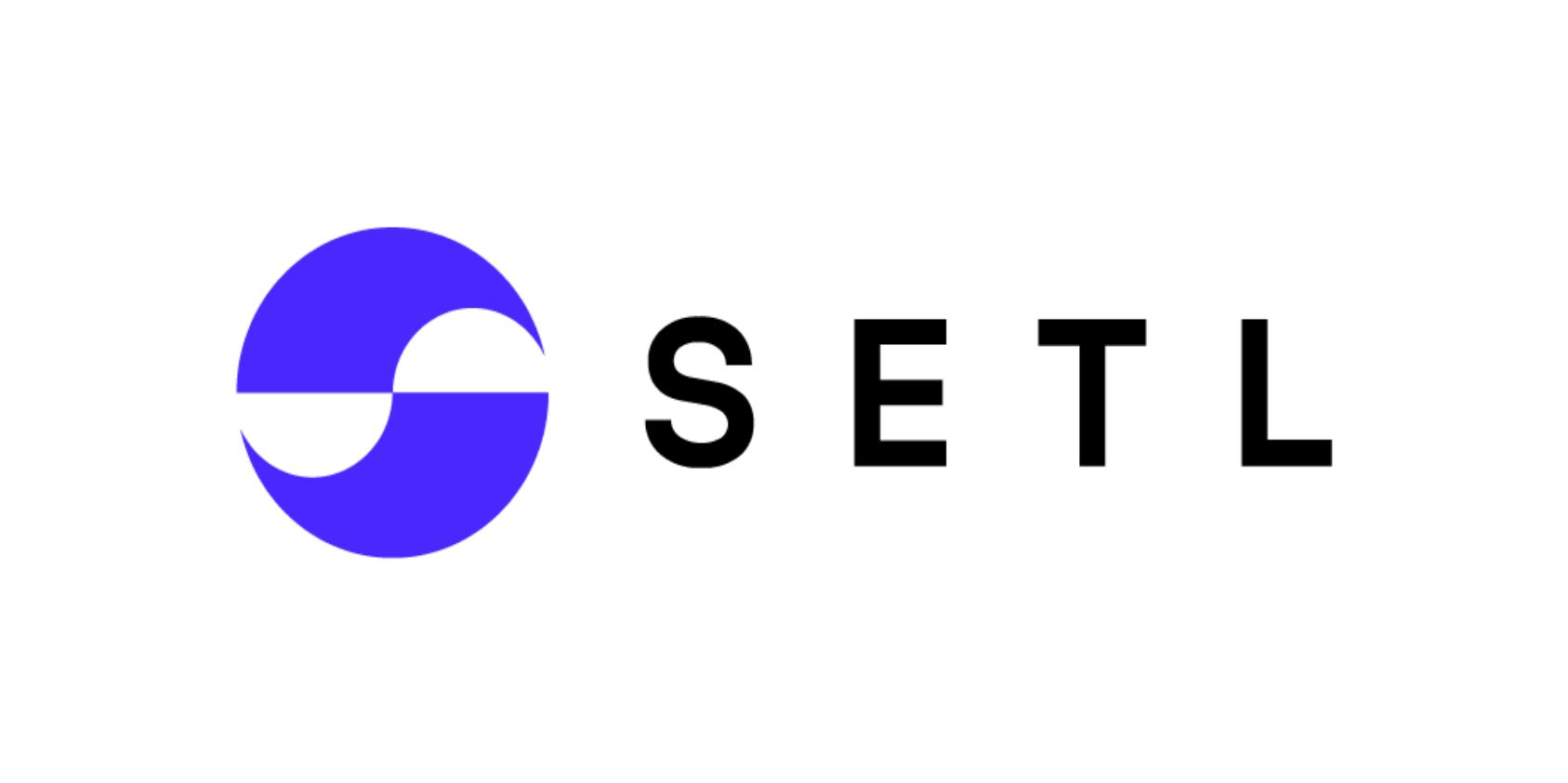Team Building: Culture, Mindset, And Innovation At SETL
Laura Fink, Head of HR at SETL
10/10/19
It’s probably fair to say that back in the early 00s you would have got decent odds on a bet that Britain’s cycling and bobsleigh would be featuring highly on Britain’s Olympic medal tally in 2018. But sports performance coaches and the teams they surround themselves with are completely re-framing what is possible with the right mindset and a focus on continuous improvement.
Back in May, one of our Board Directors and cyber-security lead, Professor Philip Bond, shared his experiences leading the engineering team who helped transform Britain’s Olympic bobsleigh and cycling teams. It was an absolutely fascinating insight into the mindset and relentless focus on the detail that it takes to help build world class performance; not just from the athletes themselves, but from every part of the various teams that ultimately contribute to deliver at that level. Whilst our technology teams were fascinated by the engineering angle, there were many insights into the psychology, behaviour and focus on the team that resonated with me. Culture, mindset and building a high performing team with a shared passion is as important as the outstanding technical skills in delivering game-changing results.
At SETL, it starts with curiosity. From the very beginning we’ve intuitively looked for people above everything that are curious. Where technology is a personal passion as well as a day job. That love to tinker. That build apps and attend Meet Ups in their spare time. People who’ve worked in large financial services institutions or consulting houses but want to re-think what’s possible, and help our clients see new and more effective ways of solving problems using our blockchain technology. Who want to work at the intersection of the exciting changes happening between finance, technology and change.
As Professor Bond shared, curiosity or creativity, is the key to innovation, competitive edge and speed of execution. But as we’re talking about internally right now, harnessing the creativity of the people at SETL is hugely reliant on the level of trust and confidence people feel to share their ideas, take risks and feel able to fail. We’ve learned a huge amount from our experiences developing and deploying regulated, enterprise-grade, DLT technology – it’s a steep learning curve, and not without its challenges along the way. But what we learned enabled us to deliver the first new CSD in decades inside 18 months and take from it the real-world experience of everything that takes to future projects.
Before SETL, I spent a number of years at Google where the fantastic people analytics team had spent years researching what it takes to build highly effective teams. The surprising finding that no one saw coming was that it was not technical skill or star players that predicted team performance. Instead it was the level of psychological safety people felt to take risks and be vulnerable in front of each other. That focus on creating open, healthy team dynamics is now a core part of expectations for Google’s leaders, as well as helping those teams play to their strengths and understand how their roles contribute to the company’s success.
This is a far leap from the 80s Wolf of Wall Street culture of Gordon Gecko and Jordan Belfort. But last year, a young England team achieved things the golden generation consistently failed to deliver. And waistcoats aside, Gareth Southgate’s secret sauce was mindset and trust. To remove the fear of failure that had hampered their predecessors, his team invested time in building open, trusted relationships, sharing their fears and motivations and focussing on defining a winning process that would lead to incredible success for such a young team.
Our teams are focussed on delivering the best possible solution to our clients’ needs. Building those solutions and solving complex problems is not always easy and takes a village; we have the pool tables, pizza and games nights that help people let off steam and spend down time together. But what really counts is teams that collaborate and push themselves to withstand the knocks and find better ways of doing things. We might not be hurtling down icy slides on tea trays at 80k/hour, but there’s plenty to keep us occupied for now.




